
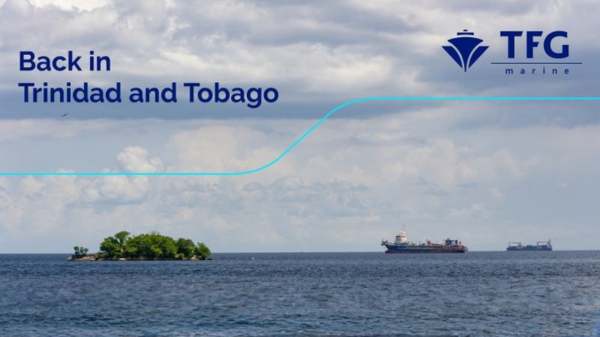
|
TFG Marine relaunches bunker supply operations in Trinidad and Tobago
Marine fuel supplier returns to Caribbean location after operational hiatus. |
|
|
|
||
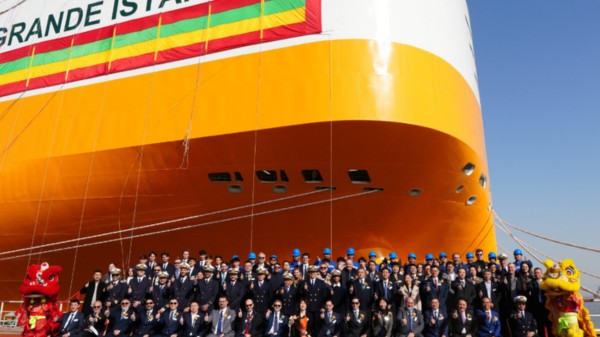
|
Grimaldi takes delivery of fourth ammonia-ready car carrier Grande Istanbul
Italian shipowner adds 9,241 CEU vessel to fleet for East Asia–Persian Gulf route. |
|
|
|
||
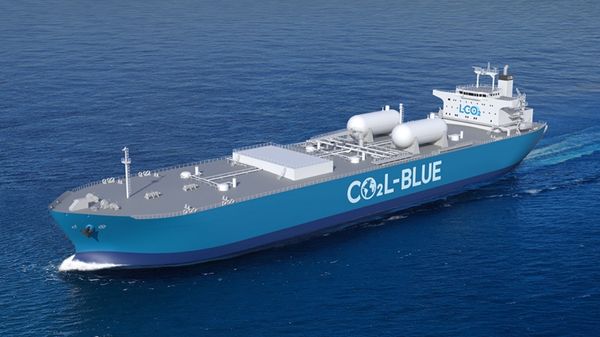
|
Seven Japanese maritime firms sign MoU on standard design framework for LCO₂ carriers
Major shipping lines and shipbuilders to collaborate on decarbonisation vessel designs through the MILES platform. |
|
|
|
||
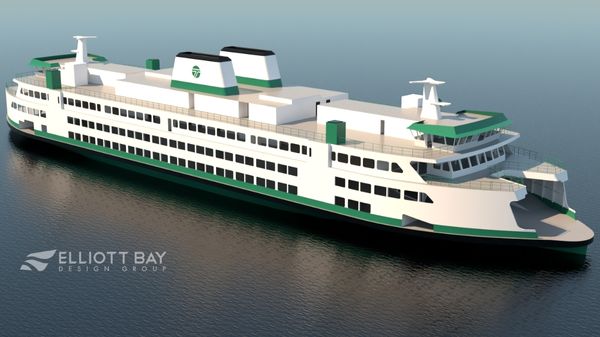
|
Washington State Ferries awards ABB hybrid-electric propulsion contract
ABB to supply systems for first two hybrid-electric ferries in US electrification programme. |
|
|
|
||
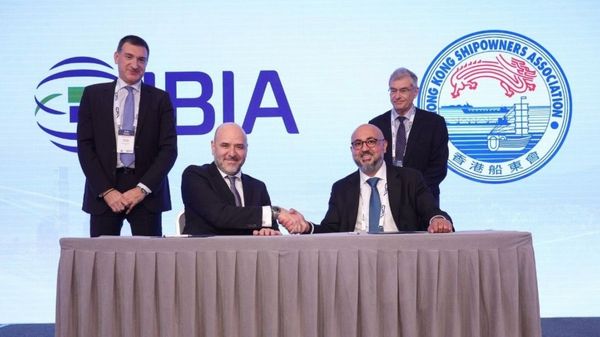
|
IBIA and Hong Kong Shipowners Association sign MoU on marine energy collaboration
The two organisations have agreed to work together on sustainable shipping initiatives. |
|
|
|
||

|
Malik Supply hires first trader for new Dubai office
Nicklas Mikkelsen joins Danish bunker supplier ahead of January 2026 launch. |
|
|
|
||
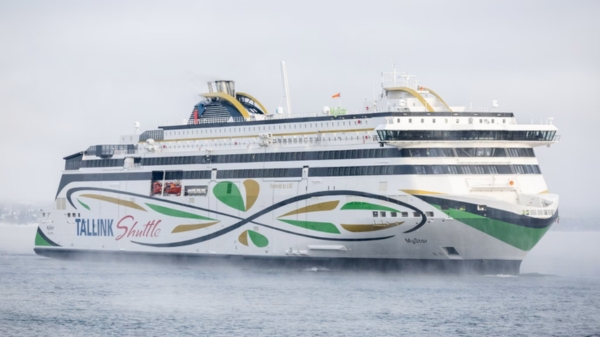
|
Tallink's MyStar joins Gasum's FuelEU Maritime compliance pool using bio-LNG
Nordic energy company Gasum signs pooling agreement with Elenger to generate compliance surplus. |
|
|
|
||
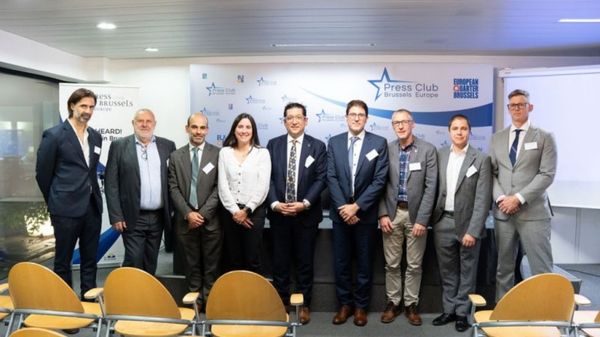
|
Maritime coalition gathers in Brussels to advance methane measurement and abatement technologies
MAMII convenes shipowners, engine makers, and policymakers to accelerate methane reduction from LNG-fueled vessels. |
|
|
|
||
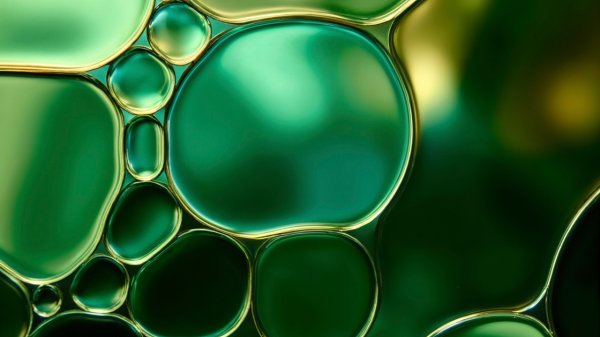
|
BIMCO delays biofuel clause for time charters to spring 2026
Maritime organisation pushes back publication to address safety, technical requirements, and industry feedback. |
|
|
|
||

|
Mediterranean moves closer to nitrogen oxide emission controls
Expert meeting endorses feasibility study with 2032 target for Med NOx ECA implementation. |
|
|
|
||
| Emission systems for cleaner and greener ships [News & Insights] |
| Lloyd's Register approves gas containment system [News & Insights] |
| Lloyd's Register teams up with Penn Oak Energy to help develop LNG-fuelled ship industry [News & Insights] |
| World's first gas turbine-powered LNG carrier secures AIP [News & Insights] |
| Gibraltar report 'did not address LNG bunkering' [News & Insights] |